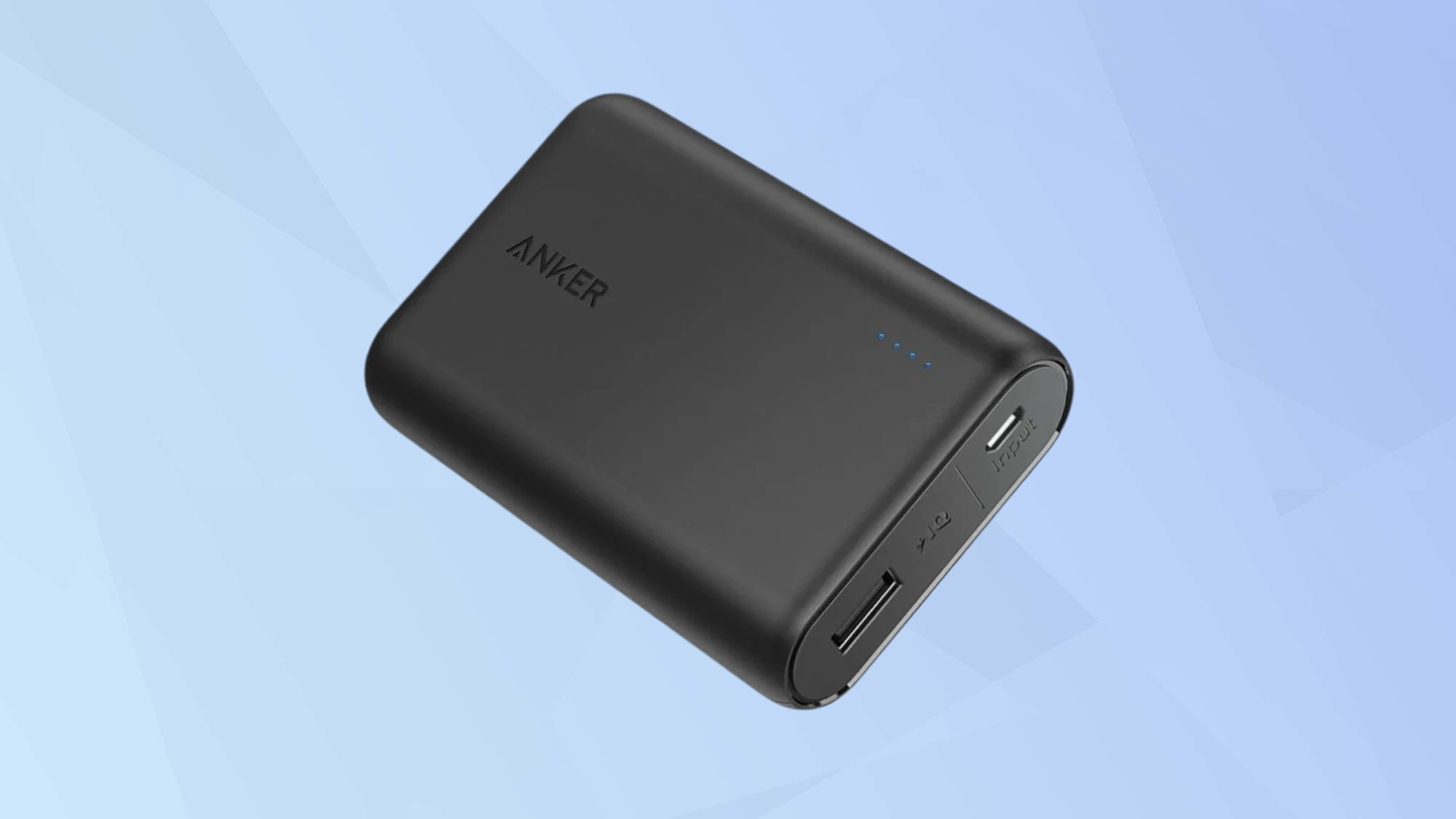On Monday, OpenAI introduced a new ChatGPT tool called Deep Research to compete with China's DeepSeek chatbot in the AI field. Deep Research is OpenAI's latest agent that can independently work on tasks - providing a comprehensive report at the level of a research analyst by analyzing and synthesizing information from hundreds of online sources based on a prompt.
Chief executive Sam Altman described the tool as a superpower that offers experts on demand. While it is compute-intensive and slow, it is the first AI system capable of handling a wide range of complex tasks. The tool is currently available in the pro tier with 100 queries per month, with team and enterprise tiers to follow soon, and a free tier in the future, as announced by Altman.
OpenAI, a prominent player in the generative AI field, is facing tough competition from cheaper and more efficient AI models from China. DeepSeek recently launched its reasoning model R1, which not only challenges OpenAI's dominance but also questions America's supremacy in the global AI race. DeepSeek's large language model (LLM), DeepSeek V3, operating the chatbot R1, has shown superior performance on various benchmarks compared to OpenAI's ChatGPT 4.0.
The affordability of developing these LLMs has brought attention to DeepSeek. The startup claims to have created its outperforming, low-cost model in just two months with a training cost of less than $6 million, contrasting OpenAI's reported $100 million training cost for GPT-4. This cost-effectiveness has contributed to the popularity of DeepSeek in the AI market.
Despite the competition, Altman expressed optimism and stated that OpenAI will continue to release improved models to stay ahead in the AI game. Recently, the company launched o3-mini, the latest addition to its 'o' family of AI reasoning models, and introduced Operator, a new AI agent, to further strengthen its position in the market.





